In the competitive world of game development, a great game idea alone isn’t enough to ensure success. If no one knows about your game, it doesn’t matter how well-designed or engaging it is. Marketing is the bridge that connects your game to its audience, and it needs to be planned and executed thoughtfully from the beginning. In this guide, we’ll walk you through the foundational steps of game marketing — from defining your game to building an engaged community. Follow these steps to ensure your game reaches its full potential and captures the attention it deserves.
Step 1: Define Your Game and Its Audience
The first and most critical step in game marketing is clearly defining what your game is and who will play it. Without this clarity, your marketing efforts will lack focus, and your message will become diluted. Start by answering two essential questions: Who will play this game? and Why will they be interested? Consider both the gameplay and the emotional experience you want to deliver.
For example, take the indie game Card Hunter. This game succeeded not just because of its mechanics but due to its careful targeting and positioning. By defining itself as a mix of “collectible cards, tactical combat, and fantasy role-playing,” Card Hunter captured the interest of niche audiences, including fans of card games and D&D-style adventures. Think about how you can define your game’s genre, visual style, and unique appeal in a similar way.
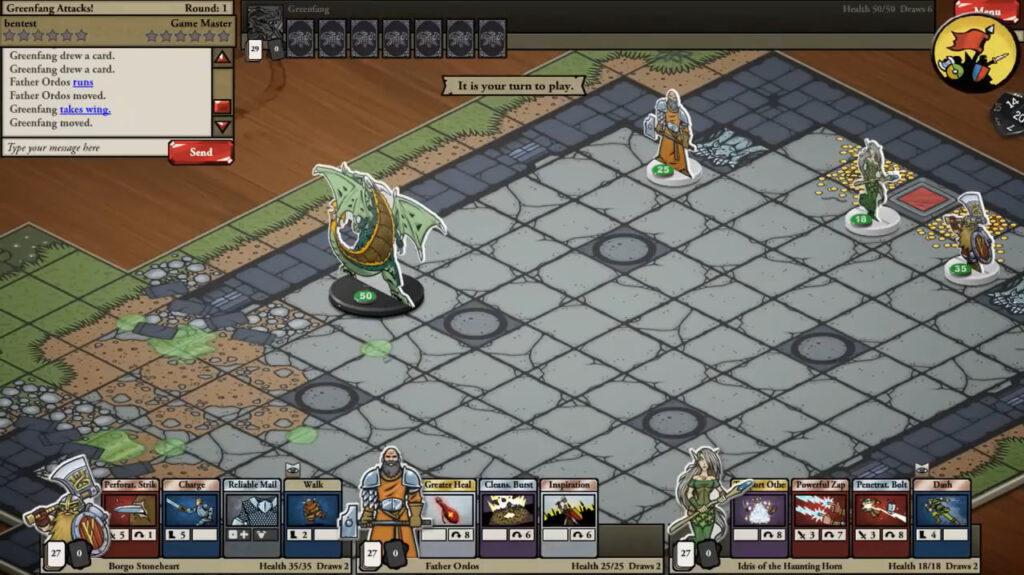
Key Tips
- Create a one-page game summary that describes the game in six words or less.
- Focus on interests instead of demographics to pinpoint your audience.
- Use clear, descriptive language that resonates with your target players.
Step 2: Craft a Compelling Visual Identity
A strong visual identity helps your game stand out and instantly communicates its genre and tone to potential players. When developing your game’s visual style, ensure it aligns with your target audience. For instance, a WWII strategy game should look realistic and gritty, while a fantasy RPG for young teens might have vibrant, cartoon-like visuals.
Your visual style should resonate with your target audience while also setting your game apart from the competition. Hearts of Iron IV accomplishes this with its authentic, historically inspired visuals that immediately signal its focus on WWII strategy, helping it attract dedicated history enthusiasts and stand out in the grand strategy genre.
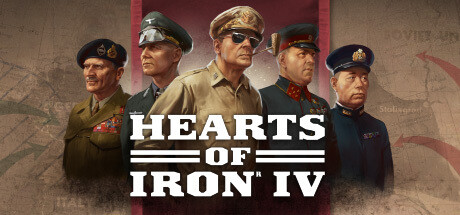
Key Tips
- Use visuals that are consistent with your game’s theme and audience.
- Create eye-catching elements that will work well in trailers, screenshots, and social media posts.
- Make sure the visual style is distinctive enough to be recognizable in a single glance.
Step 3: Build an Engaged Community Early
Once you’ve defined your game and established its visual style, it’s time to start building an audience. Keeping a steady stream of communication with potential players will foster loyalty and excitement long before the game’s release. Use platforms like Twitter, Discord, and Reddit to share development updates, artwork, and teasers. Consider maintaining a developer blog to share behind-the-scenes insights and connect with fans on a personal level.
An excellent example of building an engaged community early on is Stardew Valley. Even before its release, developer ConcernedApe shared regular updates and engaged with fans on social media and online forums, building a loyal fan base eager for the game’s launch. This early community interaction helped spread word-of-mouth, making Stardew Valley a huge success upon release. By nurturing an engaged community, the developer ensured a strong, supportive audience from day one, demonstrating the value of consistent communication and community-building efforts in game marketing.
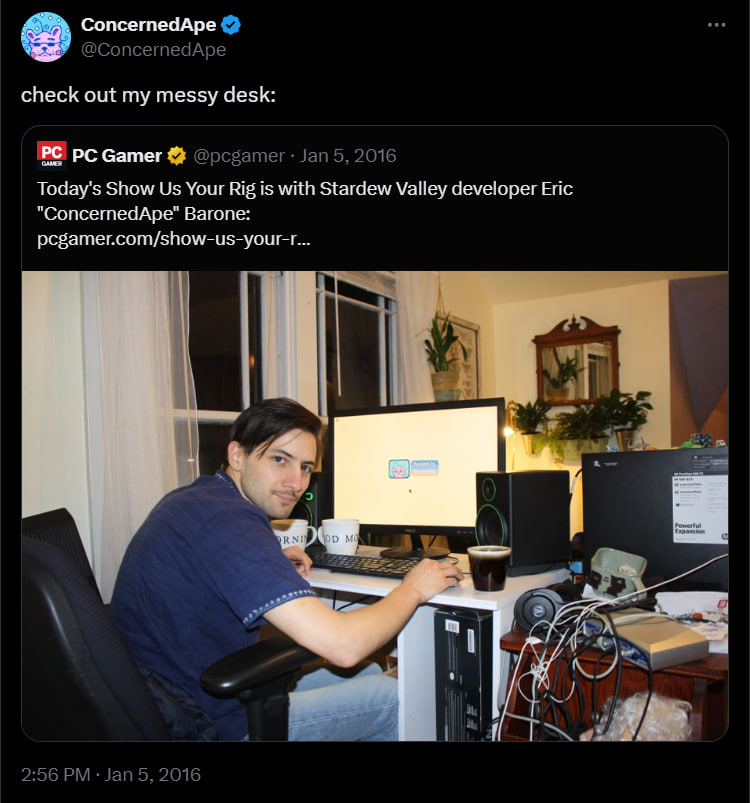
Key Tips
- Start a blog or social media accounts to share updates and engage fans.
- Respond to comments and feedback to create a sense of community.
- Use platforms where your target audience is most active.
Step 4: Develop a Marketing Plan (and Stick to It)
Marketing a game is an ongoing process that requires a well-thought-out plan. Before announcing your game, create a marketing roadmap that outlines key milestones such as teaser releases, gameplay reveals, and beta testing phases. Make sure your plan includes both short-term and long-term strategies for reaching new audiences.
Your marketing plan should also consider your budget. If funds are limited, be prepared to allocate time to community-building and organic marketing activities. Remember, even without a large budget, you can create buzz by leveraging the strengths of your game’s concept and visuals.
However, when it comes to estimating approximate marketing budget for indie developers, Main Leaf states that there’s a rule of thumb: for every dollar spent on game development, it is recommended to spend $0.25-$0.50 on marketing. For example, if a short game was developed on a $10,000 budget, it is advisable to spend between $2,500 and $5,000 on marketing.
![]()
Key Tips
- Draft a marketing roadmap with specific milestones leading up to the launch.
- Allocate a budget (or time) for different activities such as social media, influencer outreach, or paid ads.
- Stay consistent with your updates to keep momentum leading to release day.
Step 5: Work with Influencers and Content Creators
Influencer marketing has become a powerful tool in game promotion, especially for indie developers. Find streamers, YouTubers, and social media influencers who specialize in your game’s genre and offer them early access. Influencers bring an existing audience that trusts their opinions, allowing your game to reach a wider audience quickly.
Be selective about the influencers you work with to ensure they align with your target audience. Instead of focusing solely on numbers, look at engagement rates and content style. Among Us found success by collaborating with influencers who specialized in multiplayer games and had engaged communities interested in social deduction games. By partnering with smaller, niche content creators alongside larger influencers, they effectively reached fans of party games and online co-op experiences, which contributed to the game’s viral success.
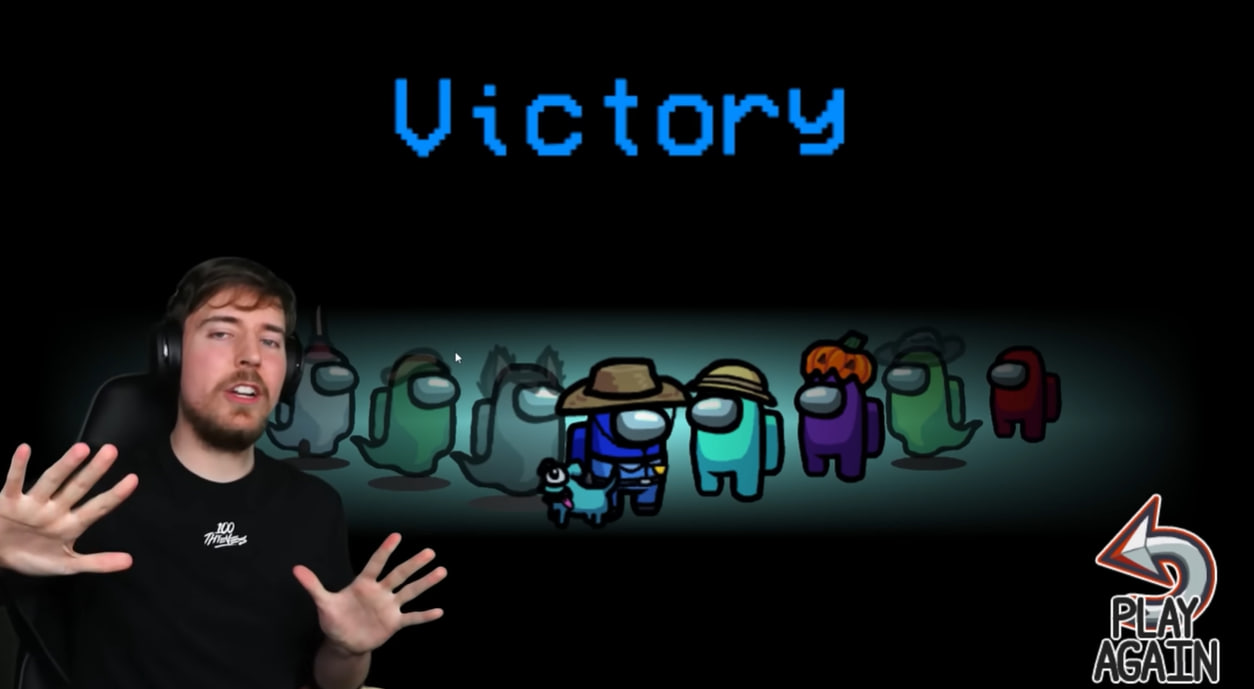
Key Tips
- Choose influencers who are relevant to your game’s genre and audience.
- Provide early access or exclusive content to incentivize influencers to cover your game.
- Focus on building long-term relationships with a few engaged influencers.
Step 6: Use Social Proof to Build Credibility
Players are more likely to try a game that has positive reviews and visible engagement. Consider reaching out to journalists and review sites that cater to your niche. Social proof, such as reviews, ratings, and player testimonials, provides credibility and encourages new players to give your game a chance.
Supergiant Games released Hades in early access on the Epic Games Store in December 2018, which allowed the development team to gather real-time feedback from players. This decision was unique because Hades was one of the first major indie titles to debut on the platform, creating early buzz in niche gaming communities that closely follow indie and early-access titles.

Key Tips
- Collect testimonials and reviews to display on your website and social media.
- Reach out to niche media outlets that align with your game’s theme.
- Leverage positive feedback in future marketing materials to build credibility.
Step 7: Embrace Your Unique Selling Points and Avoid Imitating Big Studios
When you’re a smaller studio, it’s tempting to mimic the marketing strategies of big-budget titles. However, copying these tactics rarely translates to success for indie developers. Large studios have different resources and reach, allowing them to invest in high-cost strategies, celebrity endorsements, and flashy trailers that may not suit your game or audience.
Instead, focus on what makes your game special and emphasize that uniqueness in your marketing efforts. For example, the indie game Untitled Goose Game by House House thrived by leaning into its quirky concept. Rather than trying to look or feel like a AAA game, they highlighted the humor and simplicity of the “mischievous goose” concept, which resonated with a wide range of players.
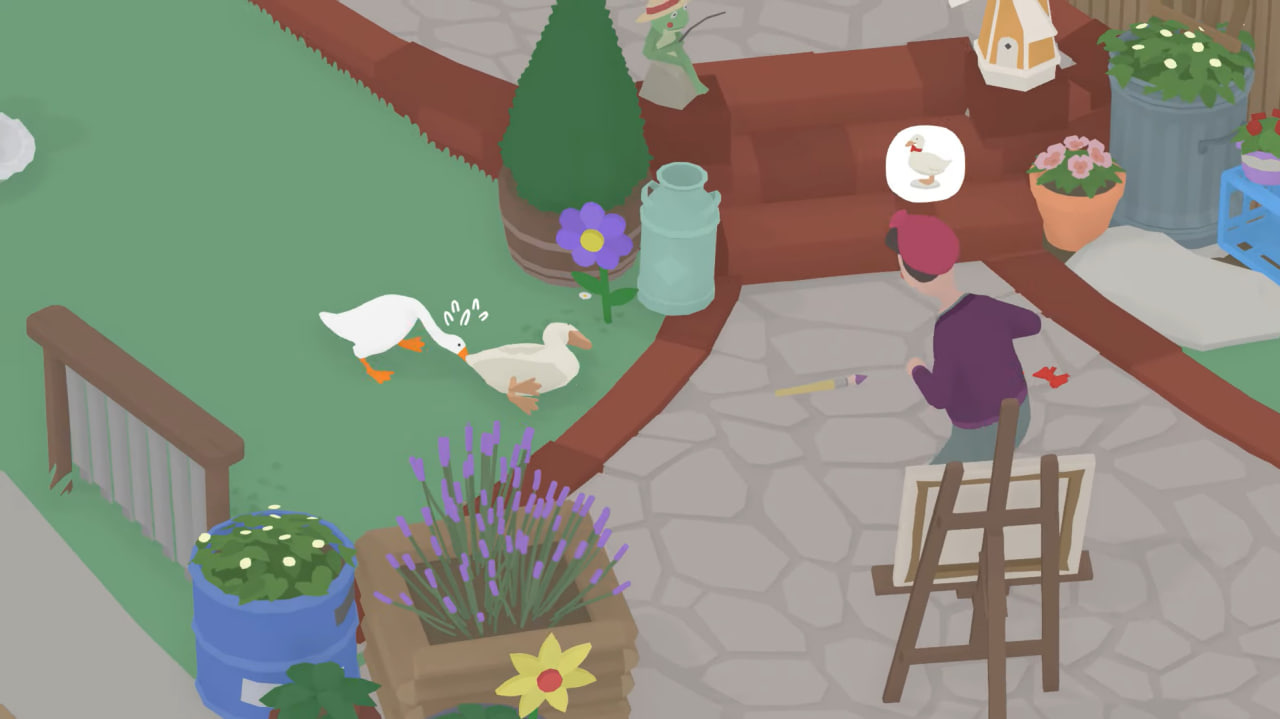
Key Tips
- Identify and emphasize your unique selling points rather than attempting to match AAA features.
- Focus on storytelling and themes that resonate with your target players, especially if they highlight something fresh or unconventional.
- Use cost-effective strategies like engaging with your community and leveraging social media, rather than relying on high-cost advertising.
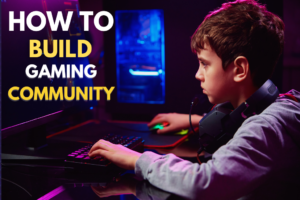
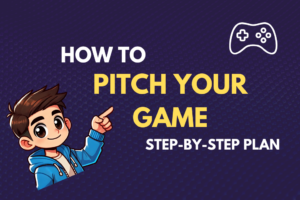
Pingback: How to Build a Loyal Player Community for Indie Games – prompixel